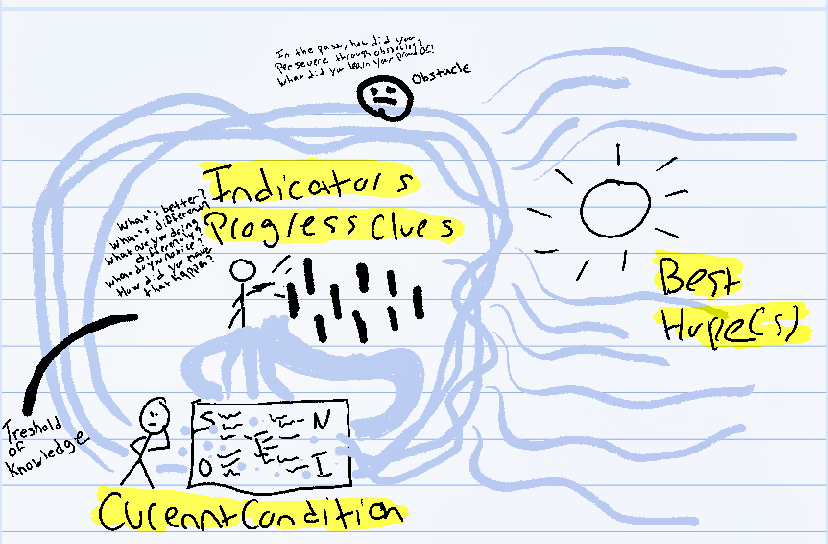
When you have a problem-solving method and like it, you tend to use it a bunch.
And, when this method is part of how your company or team works – it gets used often and becomes part of your in-group work.
Most problem-solving methods work well for most things
It helps to work with others and use current or shared knowledge to make progress.
Progress is the greatest motivator for creativity and happiness in work.
5 whys then 5 whats and how
Working with a team deep into the root cause must be found to make progress philosophy, we suddenly created this root-cause to solution-cause process.
Five whys or 5 whys
Five whys (or 5 whys) is an iterative interrogative technique used to explore the cause-and-effect relationships underlying a particular problem. The primary goal of the technique is to determine the root cause of a defect or problem by repeating the question “Why?”. Each answer forms the basis of the next question. The “five” in the name derives from an anecdotal observation on the number of iterations needed to resolve the problem.
Five whats and how or 5 whats and how
5 whats and how – from your 5 whys response(s) and your belief that you have sufficient trust in your root cause, build or construct the solution-bank or improvements to the challenge. The primary goal is to state what you would like or should be happening and how you will recognize progress.
- What do you want (or should be) happening?
- What‘s better or improved since you investigated or ran an experiment on this challenge?
- What will be different when this better is happening (or happening more frequently)?
- What are you doing differently?
- What do you notice when improvement(s) are happening?
- How did you and others make this happen?
From the 5 whys, you are digging deeper to investigate or interrogate the challenge and dig into the root cause. Then the 5 whats and how constructs an opportunity or growth of solutions and progress steps. When we combined these two concepts, the team found and described what to move towards and recognize progress, and report to the team.

